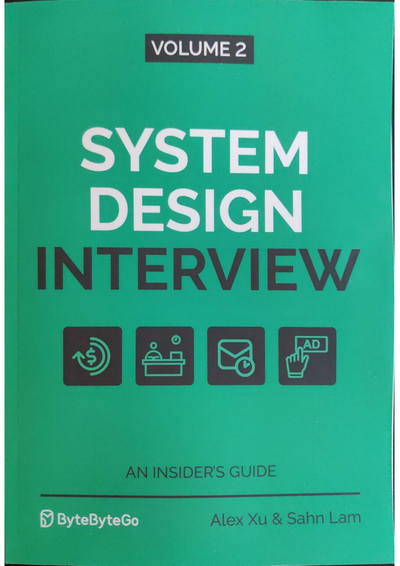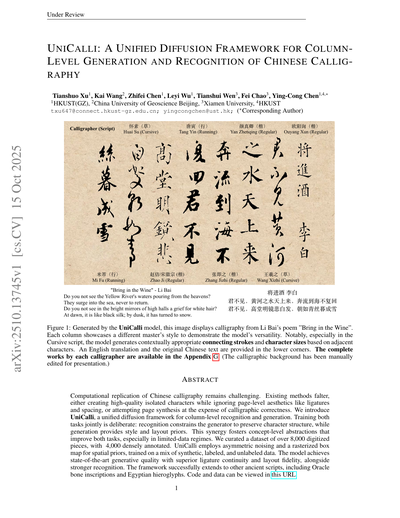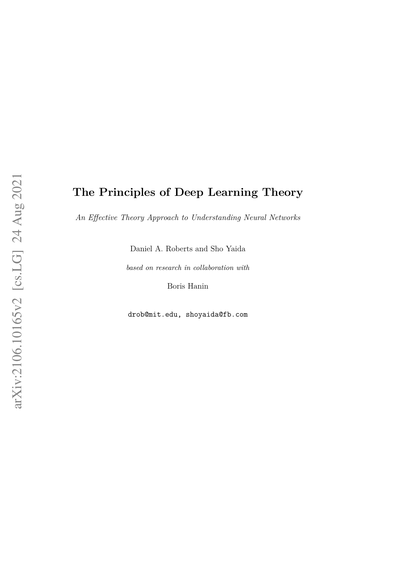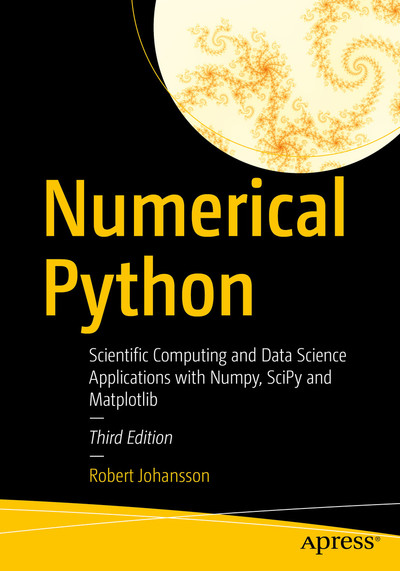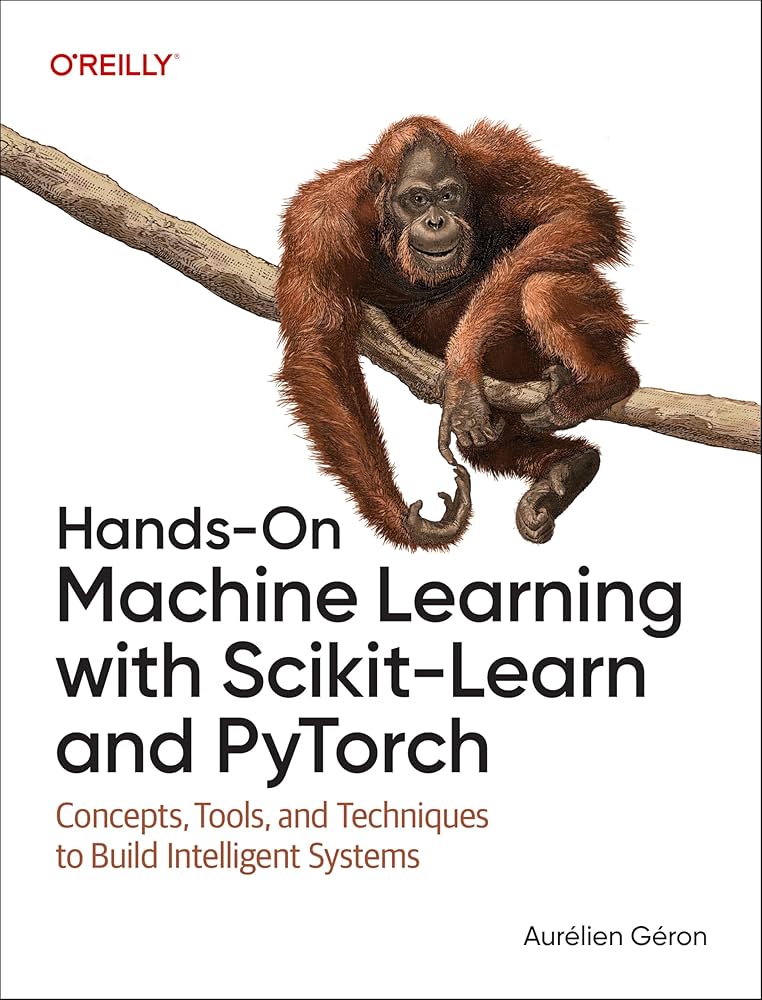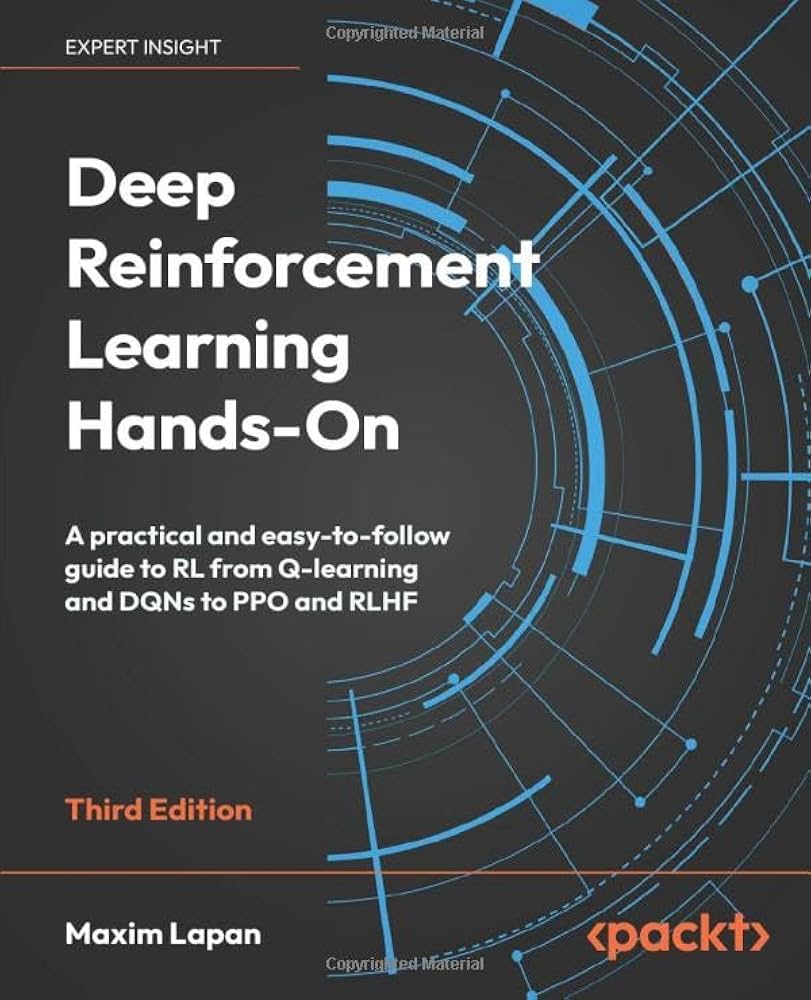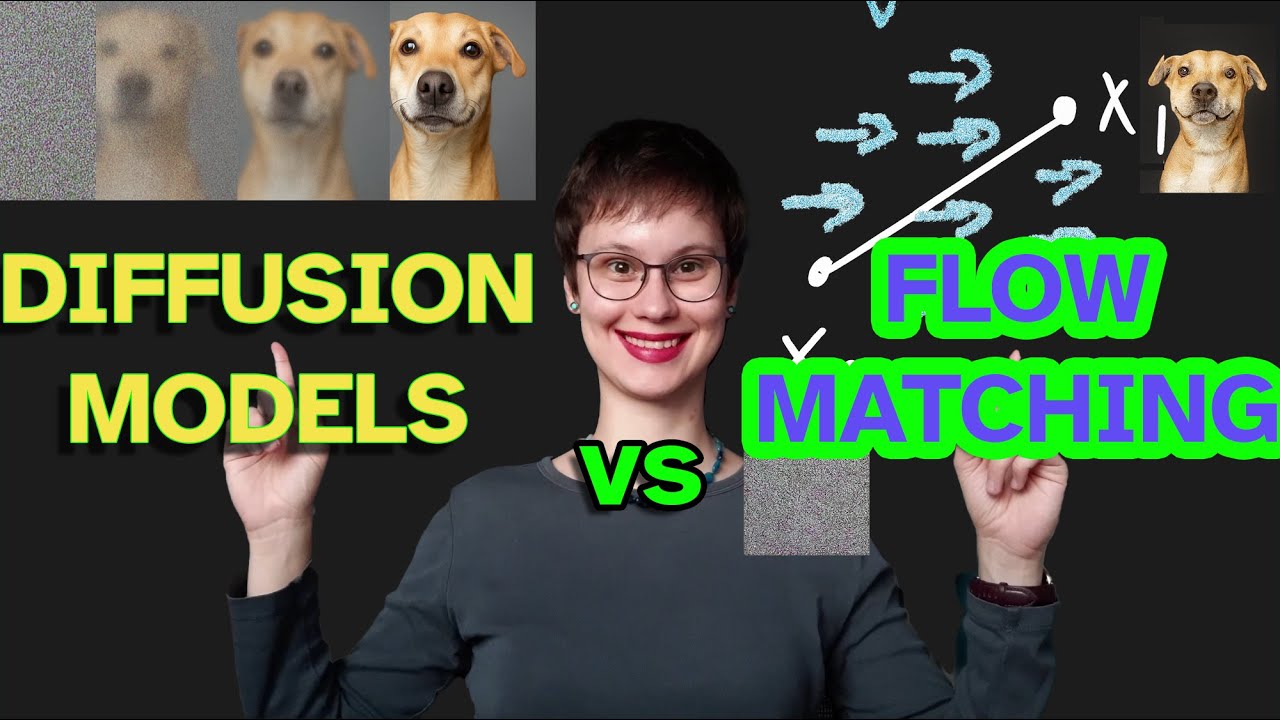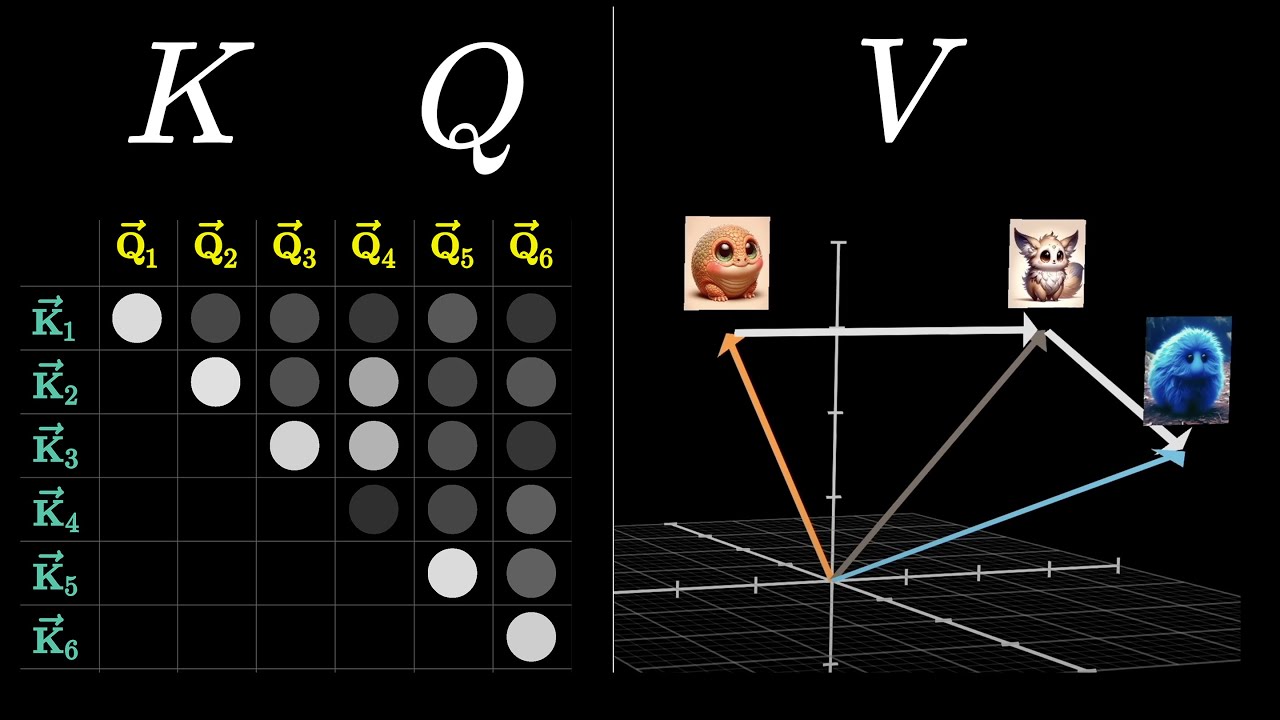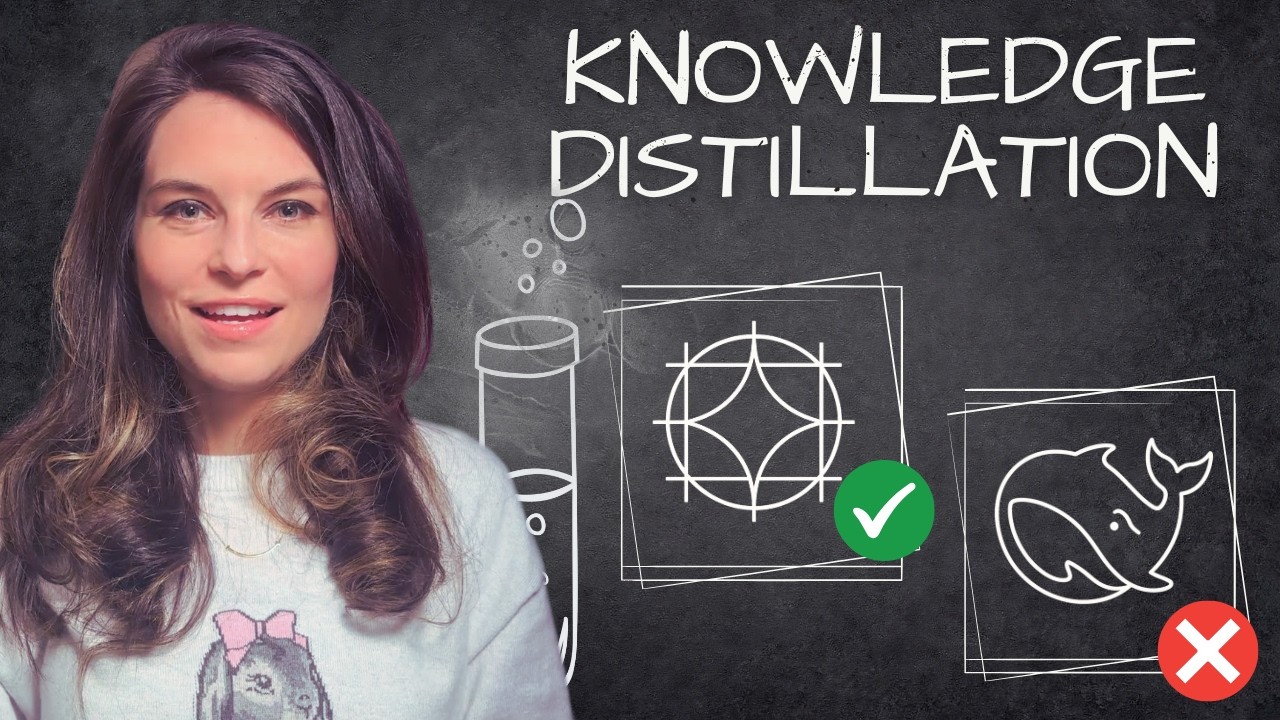
Online Workshop Every Week
Join our free weekly interactive learning sessions.
Master AI/ML with instant feedback and personalized learning
"Cogito, ergo sum" (I think, therefore I am)
— René Descartes

Free Problems
Microsoft's GraphRAG Implementation
This problem set covers Microsoft's GraphRAG implementation from Chapter 7, focusing on knowledge graph construction, entity extraction, relationship summarization, community detection, and retrieval strategies. Test your understanding of the key concepts and practical implementations discussed in the chapter.
44 pts
Medium
100
rag
graph-based retrieval
microsoft ai
+7
Chapter 06 - Constructing Knowledge Graphs with LLMs
This problem set covers key concepts from Chapter 6 on constructing knowledge graphs using LLMs. You'll explore structured data extraction, limitations of text embeddings, entity resolution, and practical implementation of knowledge graph construction from unstructured text documents. The problems progress from basic conceptual understanding to advanced practical applications.
29 pts
Medium
95
legal document retrieval
text embeddings
knowledge graphs
+7
Chapter 05 - Agentic RAG Systems
This problem set covers the key concepts from Chapter 05 on Agentic RAG (Retrieval-Augmented Generation) systems. You'll be tested on the foundational components of agentic RAG, including retriever agents, retriever routers, and answer critics, as well as practical implementation details and the rationale behind using agentic approaches in RAG systems. The problems progress from basic conceptual understanding to advanced analytical thinking about system design and implementation.
27 pts
Medium
97
agentic rag systems
rag architecture
foundational components
+7
Generating Cypher Queries from Natural Language Questions
This problem set covers Chapter 4: "Generating Cypher queries from natural language questions" from the O'Reilly Learning book "Essential GraphRAG". The problems test your understanding of text2cypher generation, including workflow components, schema inference, prompt engineering, and implementation practices for converting natural language questions into executable Cypher queries for graph databases.
28 pts
Medium
95
natural language processing
cypher queries
knowledge graphs
+7
Advanced Vector Retrieval Strategies
This problem set covers advanced vector retrieval strategies from Chapter 3 of the Essential GraphRAG book. You'll explore query rewriting techniques like step-back prompting, advanced embedding strategies including parent document retrieval, and complete RAG pipeline implementation. These problems test your understanding of how to improve retrieval accuracy and recall in RAG applications through sophisticated vector search techniques.
42 pts
Medium
93
vector retrieval
prompt engineering
query rewriting
+7
Chapter 13 - Human-Agent Collaboration
This problem set covers key concepts from Chapter 13 on Human-Agent Collaboration, focusing on how agentic systems integrate into workflows, the evolving roles of humans, scaling collaboration, and trust/governance frameworks. These problems test your understanding of designing effective human-agent partnerships across different organizational scopes and autonomy levels.
30 pts
Medium
100
human-agent collaboration
autonomy
trust in systems
+7
Premium Problems
Knowledge Graphs
USA AI Olympiad
Explore competitive programming and AI contest preparation concepts
Grade 5 Math
Discover elementary mathematics concepts and learning paths
Featured PDFs
View All PDFsSystem Design Interview: An Insider's Guide Volume 2
116 questions
348 pts
System Design Interview: An Insider's Guide
108 questions
317 pts
UNICALLI: A UNIFIED DIFFUSION FRAMEWORK FOR COLUMN-LEVEL GENERATION AND RECOGNITION OF CHINESE CALLIGRAPHY
10 questions
38 pts
The Principles of Deep Learning Theory
107 questions
418 pts
Featured Books
View All BooksAcing the System Design Interview
153 questions
456 pts
Numerical Python: Scientific Computing and Data Science Applications with Numpy, SciPy and Matplotlib
190 questions
543 pts
Hands-On Machine Learning with Scikit-Learn and PyTorch
200 questions
554 pts
Deep Reinforcement Learning Hands-On - Third Edition
222 questions
720 pts
Featured Videos
View All VideosFlow-Matching vs Diffusion Models explained side by side
10 questions
29 pts
Attention in transformers, step-by-step | Deep Learning Chapter 6
10 questions
30 pts
Knowledge Distillation: How LLMs train each other
10 questions
27 pts
Diffusion Model
10 questions
32 pts
Popular Topics
machine learning
56
deep learning
40
neural networks
35
reinforcement learning
33
system-design
28
grade5
27
optimization
14
large language models
13
attention mechanisms
13
combinatorics
13
system-architecture
13
natural language processing
12
aime problems
12
Number Sense
12
scalability
11
beginner
10
number theory
10
performance
10
transformers
9
capacity-planning
9
Click on any tag to filter problems by that topic
